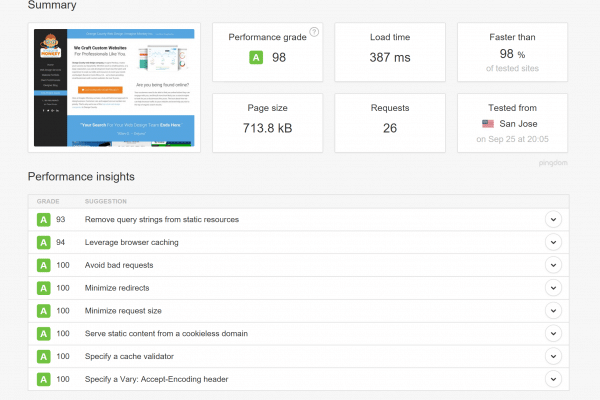Holiday and shopping are two words forever linked in the modern retail world. Every business prepares for the end of the year season, some making 20% to 30% of their yearly sales between Thanksgiving and Christmas. However, this will only happen if the business takes the time to prepare adequately. In today’s digital world, retailers must keep their websites running optimally and securely. Here are eight steps every business should take to keep their websites up and running through the shopping season.
Don’t Wait to Update
If your site needs updates of any kind, handle them early. If updates don’t install or work properly, you need to know before website traffic picks up. Don’t delay on this step, as it could lead to losses that extend beyond the holidays.
Stick with Layouts That Work
Consistency matters in shopping. Think about stores you go into regularly, like grocery stores. The layout never changes, even if the products shift around inside their designated zones. When customers come in to do that last-minute meal-preparation shopping, they know where to find everything.
Imitate this practice for your website. Make small changes over time or execute a major change early in the year, so customers can adjust to the new layout.
Speed Matters
In today’s age of high-speed internet, customers expect your page to load quickly, so make sure it does. They hate bloated sites that assault them with multimedia ads with sound or automatic videos. They will simply leave a page that takes too long to load or assaults their senses.
If the page’s performance drags because of server delays or bloated content, the customers will abandon your website and tell their friends about their experience. With the potential for increased sales during the holidays, the last thing you want is bad press.
Secure Everything
Considering the events of the past year, people view website security as an area of primary concern. They want to know they are safe shopping online, particularly during the holidays when identity theft reaches its annual peak. You need to reassure your customers that their data will stay safe while they shop on your site.
Make sure your site uses SSL authentication, a secure portal for e-commerce, as well as other steps like an address verification system and 3 digit CVV (card verification value), and remember: don’t store your customers’ data. You can check your website’s security compliance here.
Get Extra Inventory
Don’t ever run out of stock. It’s really that simple. Use your sales from the previous year to project sales this coming holiday period and stock up. This time of year, getting the product outranks loyalty. If you can’t provide, the customers will find someone who can. Work out supply chain issues now, make sure your delivery system works, and keep plenty of stock on hand for the last-minute rush.
Don’t Neglect Mobile
Today’s shoppers live on mobile. They talk about shopping on their devices, search for things as they see them on TV, and download shopping apps for special deals and loyalty discounts.
Why care about this? Google introduced an update to the algorithm driving their search engine that punishes sites that can’t handle mobile traffic. That means your site, if it lacks mobile optimization, will appear lower in search rankings, a potential death knell for your site. To make sure your site is mobile-ready, try testing it here.
Test It All
After all the updating, boosts to security, site optimization for mobile shoppers, and more, you need to test the shopping process. Do this as a random shopper would, and try every aspect of the process. Add single products, then change the quantity. “Buy” everything, then “un-shop” from the cart to make sure the interface can handle the process.
Seek out errors and make notes so they appear on the next update list. Make your life simpler by doing this throughout the process instead of waiting until the end, and needing to undo a lot of work to fix something you could have caught earlier. If the process fails to run smoothly, you will lose customers.
Have a Backup Plan
Every online marketing plan is a complete success until the first shopper hits the website. In the event of the unexpected, have a plan. Develop a fallback routine for every possible event you can imagine. Plan to protect your data, restore it, and keep your website online even as the worst happens.
After that, write it down, back it up to the cloud, post the plans everywhere you and your employees think it should be, and train everyone, repeatedly, on what to do. Follow these steps to make sure your website and business are prepared for the holiday rush his year. And as an added layer of security, consider Imagine Monkey’s Managed Services.



